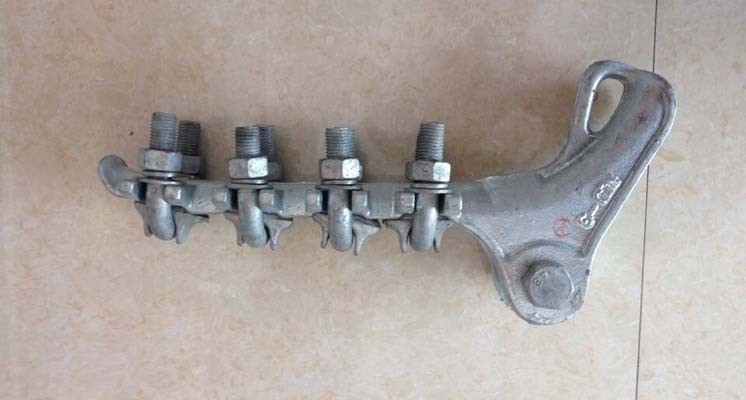- Contact Innally, Let you purchase forgings in China more favorable prices, products more assured!
- Hotline:+(86)15038323776 Email:innally@innally.com
Problems that may be encountered in the process of forging of electric power fixtures
- Category: Aluminium alloy forging, Thermal forging
- |
- Date: 02/12/2023
problems such as cracks, dimensional deviations, surface quality, internal organization, die wear and production efficiency may be encountered in the processing of power fittings forgings. In order to solve these problems, it is necessary to deeply analyze the reasons and take corresponding measures to ensure that the quality and performance of forging parts meet the standard requirements.
Product Details
The processing of power fixture forgings is the key link in the manufacturing process, but in the actual production process, there may be a series of problems. This paper will discuss the problems that may be encountered in the forging process of electric power fittings, and analyze the reasons and solutions.
First, crack problem
Cracks are a common problem in forging process. The crack may be caused by the forging temperature is too high or too low, the forging speed is too fast, and the material itself is defective. The existence of cracks will reduce the strength and toughness of the forgings, and may lead to the scrapping of the forgings in serious cases. In order to solve the crack problem, it is necessary to strictly control the forging temperature and speed, select the appropriate forging ratio and forging mode, and carry out quality inspection on the raw material to ensure that its quality meets the requirements.

Second, size deviation problem
The dimensional accuracy of power fixture forgings is very important for its performance. However, during the processing, the problem of dimensional deviation may occur. The size deviation may be caused by improper setting of forging process parameters, mold wear, and insufficient precision of processing equipment. In order to solve the problem of size deviation, it is necessary to optimize the forging process parameters, regularly replace the mold, and improve the accuracy and maintenance level of the processing equipment.
Third, surface quality problems
The surface quality of power fixture forgings has an important effect on its corrosion resistance and aesthetics. In the process of processing, there may be problems such as rough surface, oxidation, scratching and so on. These problems may be caused by improper forging process, unclean processing equipment, and non-standard operation techniques. In order to improve the surface quality, it is necessary to optimize the forging process, keep the processing equipment clean, standardize the operation, and use polishing, sandblasting and other surface treatment methods if necessary.
Fourth, internal organizational issues
The internal structure of power fixture forgings has an important effect on its mechanical properties. In the process of processing, there may be problems such as uneven structure, coarse grain and excessive residual stress. These problems may be caused by improper control of forging temperature and time, unreasonable heat treatment process, etc. In order to improve the internal structure, it is necessary to strictly control the forging temperature and time, optimize the heat treatment process, and use the method of refining the grain and eliminating the residual stress if necessary.
Five, mold wear problems
Die is an important tool in forging process, but it will wear during use. Die wear will lead to the forging size deviation, surface quality decline and other problems. In order to solve the problem of mold wear, it is necessary to choose the right mold material, improve the hardness and wear resistance of the mold, and check and repair the mold regularly.
- Production efficiency
Production efficiency is also a problem that needs to be considered in the processing of power fittings forgings. Low production efficiency may be caused by insufficient equipment performance, unreasonable process flow, poor production management and other reasons. In order to improve production efficiency, it is necessary to select high-performance processing equipment, optimize the process flow, strengthen production management, and improve the skills and proficiency of employees.
To sum up, problems such as cracks, dimensional deviations, surface quality, internal organization, die wear and production efficiency may be encountered in the processing of power fittings forgings. In order to solve these problems, it is necessary to deeply analyze the reasons and take corresponding measures to ensure that the quality and performance of forging parts meet the standard requirements.
nannan
INNALLY mainly provides you with various types of cast and forged parts products. Welcome your inquiries! innally@innally.com
Related Products
Search
Forging center
- Steel forgings
- Aluminium alloy forging
- Titanium alloy forging
- Stainless steel forging
- Copper forging
- Automotive forgings
- Locomotive forging
- Bicycle forgings
- Motorcycle forging
- Rigging and fasteners
- Bearing forging
- Electric power fittings
- Marine forging
- Mechanical forgings for metalworking
- Mining machinery forgings
- Marine engineering forgings
- Construction machinery forgings
Popular product

© 2025. All Rights Reserved.






